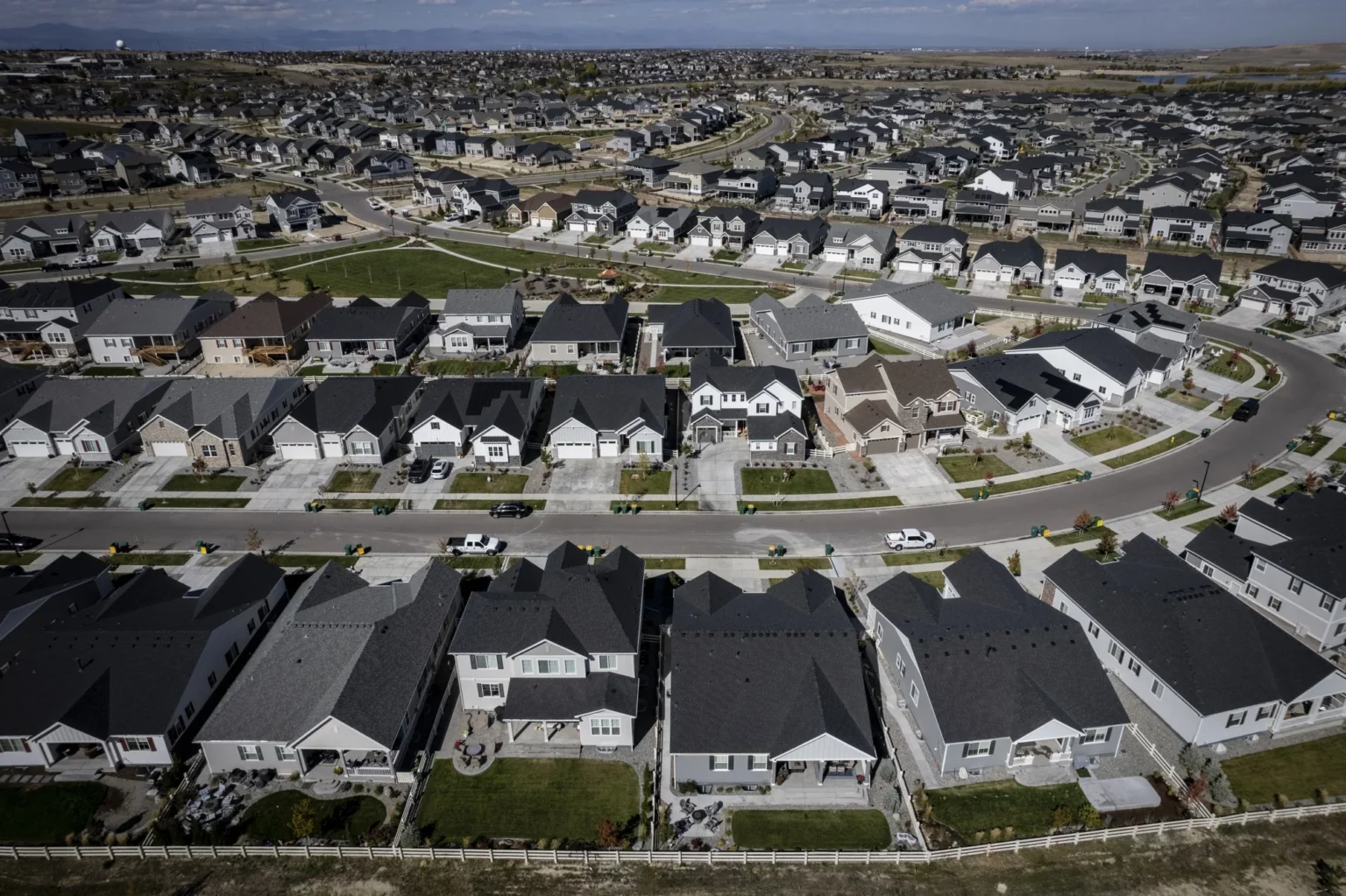Mortgage interest rates in the United States have surged to levels not seen since 2002, sparking worries among potential homebuyers and sending ripples through the housing market. The average interest rate for a 30-year fixed-rate home loan has skyrocketed to 7.09% this week, presenting a stark contrast to the relatively lower rates witnessed in recent years. This significant increase has been attributed to the Federal Reserve’s concerted efforts to rein in inflation by implementing interest rate hikes.
Over the course of the past two years, mortgage interest rates have more than doubled, resulting in a substantial uptick in the overall cost of typical home loans. This surge in rates has profound implications for the affordability of homeownership, particularly for individuals with limited resources for down payments. The impact is especially pronounced for first-time buyers who now find themselves priced out of the market, increasingly reliant on financial support from family members to bridge the gap.
However, the repercussions extend beyond potential buyers. Existing homeowners seeking to upgrade or relocate are facing hurdles due to the higher mortgage interest rates. Many are hesitating to list their homes for sale, as doing so would mean taking on a more expensive mortgage to finance a new property. Consequently, the supply of resale homes on the market has significantly diminished, leading to a sluggish pace of home sales.
Lawrence Yun, the chief economist of the National Association of Realtors, emphasizes the far-reaching consequences of these rising rates on the housing landscape. Yun highlights the current shortage of available homes for sale, which has culminated in a considerable drop in home sales compared to the previous year.
The surge in mortgage rates is closely linked to the trajectory of the 10-year Treasury yield, which has also experienced an upward trend. This rise is attributed to the expectation that the Federal Reserve will continue its course of maintaining higher interest rates as a strategy to counter inflation. The recent escalation of the 10-year yield to 4.3% underscores the gravity of the situation.
As mortgage interest rates continue their ascent, potential homebuyers and existing homeowners alike grapple with the challenges introduced by this shifting financial landscape. Experts anticipate that these developments will leave a lasting imprint on the housing market and the overall affordability of homeownership in the United States.




